Gear pumps are an essential component in many industrial processes. They are used to transfer liquids of varying viscosity, such as oils, fuels, chemicals, and more. The Z series gear pumps are popular among industrial operators because of their reliability, efficiency, and long service life. However, like any other machinery, gear pumps can face some common issues that may affect their performance and longevity. This post will provide some tips and tricks for troubleshooting common problems with Z series gear pumps.
Leaking Seals
One common issue that can affect the performance of a gear pump is leaking seals. Seals are essential components that prevent fluid from leaking out of the pump. If the seals are worn or damaged, they can cause fluid to leak, which may lead to reduced performance and even pump failure. To avoid this problem, operators should inspect the seals regularly and replace them if necessary. It is also crucial to ensure that the seals are properly installed and lubricated.
Cavitation
Cavitation is another common problem that can affect the performance of a gear pump. It occurs when the fluid pressure drops below the vapor pressure, causing bubbles to form and collapse within the pump. This can lead to damage to the pump components and reduced performance. To avoid cavitation, operators should ensure that the pump is properly primed and that the inlet pressure is sufficient to avoid a drop below the vapor pressure.
Excessive Noise
Excessive noise from a gear pump can be an indication of a problem. This can be caused by a variety of issues, including worn bearings, damaged gears, or misalignment. To troubleshoot this problem, operators should inspect the pump components for signs of wear or damage. They should also check the alignment of the pump and ensure that it is properly lubricated.
Overheating
Overheating is another common issue that can affect the performance of a gear pump. This can be caused by a variety of factors, including insufficient lubrication, excessive fluid viscosity, or high operating temperatures. To prevent overheating, operators should ensure that the pump is properly lubricated, and the fluid viscosity is within the manufacturer’s recommended range. They should also ensure that the pump is operating within its recommended temperature range.
Reduced Flow Rate
A reduced flow rate can be a sign of a problem with a gear pump. This can be caused by a variety of issues, including worn or damaged gears, clogged or blocked fluid passages, or a damaged impeller. To troubleshoot this problem, operators should inspect the pump components for signs of wear or damage. They should also check the fluid passages for any blockages or clogs and ensure that the impeller is functioning correctly.
Z series gear pumps are reliable and efficient, but like any other machinery, they can face common issues that may affect their performance and longevity. By following these tips and tricks for troubleshooting and maintenance, operators can ensure optimal performance and long service life of their gear pumps. It is crucial to always refer to the manufacturer’s guidelines and recommendations for maintenance and troubleshooting to avoid causing further damage to the pump.

